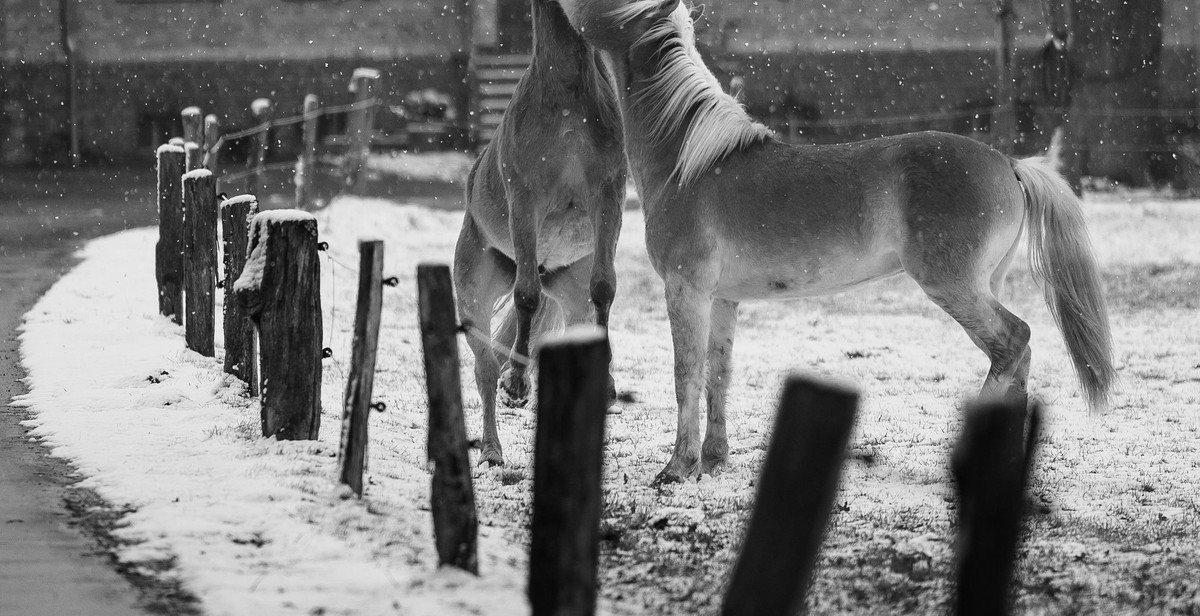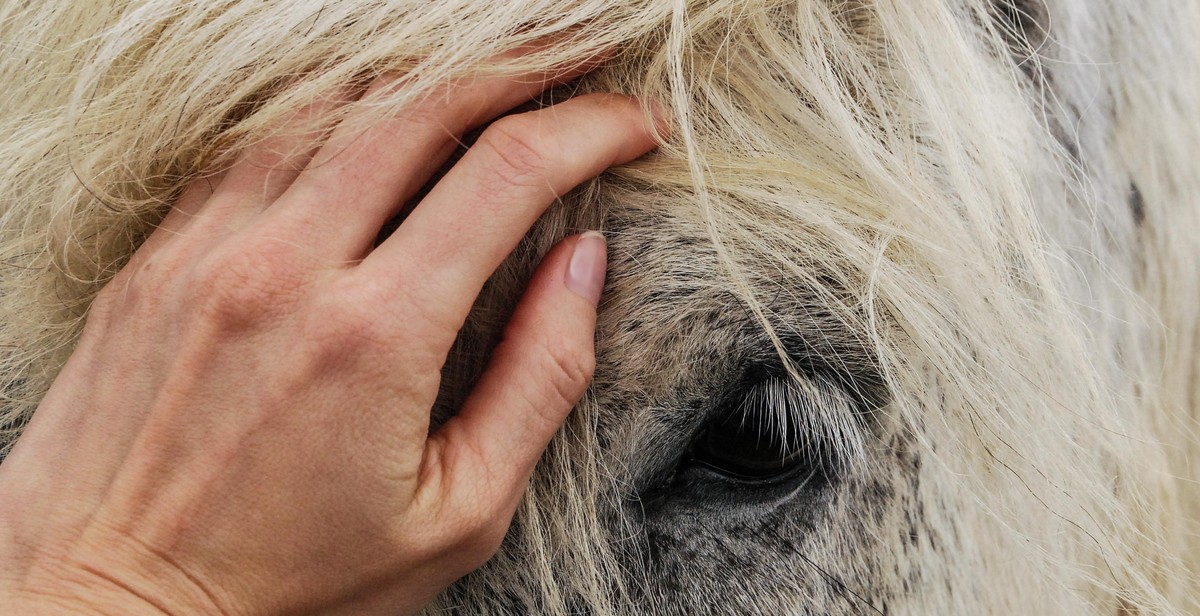How to Care for Your Horse’s Hooves: Basic Hoof Care and Maintenance Tips
As a professional horse owner and trainer, I cannot stress enough the importance of proper hoof care for horses. Hooves are the foundation of a horse’s body, and it is essential to keep them healthy and well-maintained. Neglecting hoof care can lead to serious health issues and even lameness, which can impact your horse’s overall well-being and performance.
Why Hoof Care is Important
The hooves of a horse are designed to support the weight of the animal, absorb shock, and provide traction. They are made up of several layers, including the outer hoof wall, sole, frog, and various internal structures. These layers work together to protect the sensitive internal structures of the foot, such as the bones, tendons, and ligaments.
Proper hoof care is vital to maintain the health and function of these layers. A regular hoof care routine can prevent issues such as cracks, thrush, and abscesses, which can cause discomfort and pain to the horse. Additionally, regular hoof care can improve the horse’s circulation, reduce the risk of injury, and promote overall hoof health.
In this article, I will provide you with some basic hoof care and maintenance tips that every horse owner should know. By following these tips, you can ensure that your horse’s hooves stay healthy and strong, and your horse remains happy and comfortable.

Basic Hoof Anatomy
Before we dive into the tips for caring for your horse’s hooves, it’s important to understand the basic anatomy of a hoof. A horse’s hoof is made up of several parts, each with its own unique function.
The Wall
The wall is the outer layer of the hoof and is made up of a tough, fibrous material called keratin. It provides protection for the sensitive tissue inside the hoof and helps to support the horse’s weight.
The Sole
The sole is the flat, concave surface of the hoof that comes into contact with the ground. It is also made up of keratin and serves as a shock absorber, helping to cushion the horse’s foot as it moves.
The Frog
The frog is the V-shaped structure located in the center of the sole. It is also made up of keratin and acts as a shock absorber, helping to distribute weight evenly across the hoof. The frog also helps to pump blood back up the leg with each step the horse takes.
The Bars
The bars are the ridges of hard tissue that run along each side of the frog. They provide additional support for the hoof and help to prevent it from collapsing under the horse’s weight.
The White Line
The white line is the area where the sole meets the wall of the hoof. It is a thin, white band of tissue that provides additional support for the hoof.
The Coronary Band
The coronary band is the area where the hoof meets the skin of the horse’s leg. It is responsible for producing new hoof tissue and helps to protect the sensitive tissue inside the hoof.
The Hoof Capsule
The hoof capsule is the term used to describe the entire hoof structure, including the wall, sole, frog, bars, white line, and coronary band. It is a complex structure that requires regular maintenance to keep it healthy and functioning properly.
| Part | Description |
|---|---|
| The Wall | Outer layer of the hoof made up of tough, fibrous keratin |
| The Sole | Flat, concave surface of the hoof made up of keratin that serves as a shock absorber |
| The Frog | V-shaped structure located in the center of the sole made up of keratin that acts as a shock absorber and helps to distribute weight evenly |
| The Bars | Ridges of hard tissue that run along each side of the frog, providing additional support for the hoof |
| The White Line | Thin, white band of tissue where the sole meets the wall of the hoof, providing additional support |
| The Coronary Band | Area where the hoof meets the skin of the horse’s leg, responsible for producing new hoof tissue and protecting sensitive tissue |
| The Hoof Capsule | The entire hoof structure, including the wall, sole, frog, bars, white line, and coronary band |

Hoof Care and Maintenance Tips
Proper hoof care and maintenance are essential for keeping your horse healthy and happy. Here are some basic tips for maintaining your horse’s hooves:
Regular Cleaning
Regular cleaning is essential for keeping your horse’s hooves healthy. You should clean your horse’s hooves at least once a day, preferably after each ride. Use a hoof pick to remove any dirt, rocks, or debris that may have collected in the hoof. Make sure to clean all areas of the hoof, including the frog, sole, and heel.
Trimming and Shoeing
Regular trimming and shoeing are also important for maintaining your horse’s hooves. You should have your horse’s hooves trimmed every 6-8 weeks, or as needed. This will help prevent overgrowth and keep your horse’s hooves in good condition. If your horse requires shoes, make sure to have them fitted properly by a professional farrier.
Managing Moisture
Moisture can be a major problem for your horse’s hooves. Too much moisture can lead to soft, weak hooves, while too little moisture can cause cracking and splitting. To manage moisture, make sure your horse’s stall or pasture is clean and dry. Use bedding that absorbs moisture, such as shavings or straw. If your horse’s hooves are too dry, consider using a hoof conditioner to keep them moisturized.
| Tips | Frequency |
|---|---|
| Regular Cleaning | At least once a day |
| Trimming and Shoeing | Every 6-8 weeks, or as needed |
| Managing Moisture | Consistently, as needed |
By following these basic hoof care and maintenance tips, you can help keep your horse’s hooves healthy and strong.

Common Hoof Problems
Despite regular care and maintenance, horses can still develop various hoof problems. Here are some of the most common hoof problems that horse owners should be aware of:
Thrush
Thrush is a bacterial infection that affects the frog of the hoof. It is caused by the buildup of moisture and dirt in the hoof, which creates an ideal environment for bacteria to grow. Thrush can cause the horse’s hoof to become soft and crumbly, and it may also produce a foul odor.
To prevent thrush, make sure to keep your horse’s hooves clean and dry. Regularly pick out their hooves and remove any dirt or debris. You can also apply a thrush treatment to the affected area to kill the bacteria and promote healing.
White Line Disease
White Line Disease is a fungal infection that affects the inner layers of the hoof wall. It is caused by a breakdown of the white line, which is the area where the hoof wall and sole meet. This can cause the hoof wall to become weak and brittle, and it may also lead to separation of the hoof wall.
To prevent white line disease, make sure to keep your horse’s hooves clean and dry. Regularly pick out their hooves and remove any dirt or debris. You can also apply a white line treatment to the affected area to kill the fungus and promote healing.
Abscesses
Abscesses are pockets of infection that can form within the hoof. They are often caused by a puncture wound or other injury to the hoof. Abscesses can cause the horse’s hoof to become swollen, tender, and painful.
To prevent abscesses, make sure to regularly inspect your horse’s hooves for any signs of injury or infection. If you notice any puncture wounds or other injuries, make sure to clean and treat them promptly. If an abscess does form, it is important to have it drained by a veterinarian to prevent further complications.
| Hoof Problem | Cause | Prevention | Treatment |
|---|---|---|---|
| Thrush | Buildup of moisture and dirt in the hoof | Keep hooves clean and dry, apply thrush treatment | Apply thrush treatment to affected area |
| White Line Disease | Fungal infection of the inner layers of the hoof wall | Keep hooves clean and dry, apply white line treatment | Apply white line treatment to affected area |
| Abscesses | Puncture wound or other injury to the hoof | Regularly inspect hooves for signs of injury or infection | Have abscess drained by a veterinarian |

Conclusion
As a horse owner, you must understand the importance of regular hoof care. A horse’s hooves are essential to its overall health and well-being, and neglecting them can lead to severe problems that can be both painful and expensive to treat.
Basic hoof care and maintenance, such as regular cleaning, trimming, and shoeing, can go a long way in preventing these issues. However, it’s essential to work with a professional farrier or veterinarian to ensure that your horse’s hooves are receiving the proper care they need.
Remember that every horse is different, and their hoof care needs may vary depending on factors such as age, breed, and activity level. Therefore, it’s crucial to develop a customized hoof care routine that meets your horse’s specific needs.
By taking the time to care for your horse’s hooves regularly, you’re not only ensuring their comfort and health, but you’re also extending their lifespan and improving their overall quality of life.
- Regular cleaning, trimming, and shoeing can prevent severe hoof problems.
- Working with a professional is essential for proper hoof care.
- Customize your horse’s hoof care routine to meet their specific needs.
- Caring for your horse’s hooves improves their quality of life and extends their lifespan.
Take the time to learn about your horse’s hoof care needs and develop a routine that works for you and your equine companion. With proper care and attention, your horse’s hooves can remain healthy and strong for years to come.
